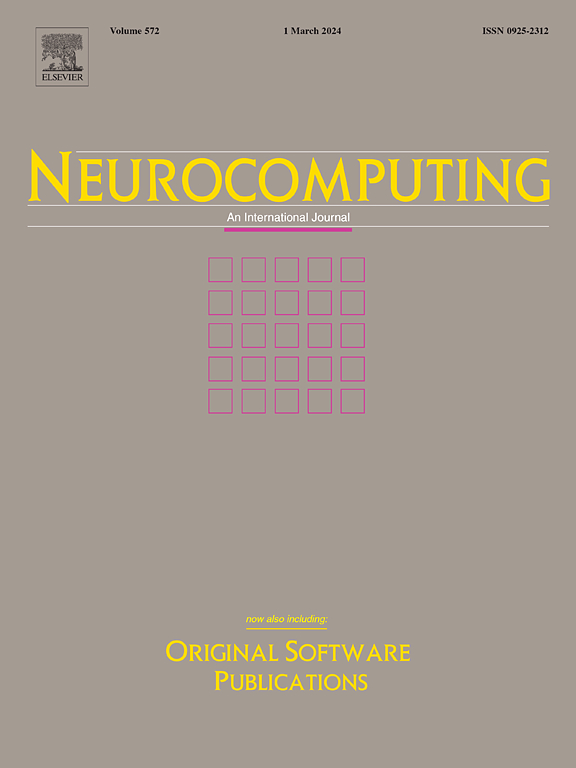A multi-level contrastive learning-based correction model for semi-supervised fetal echocardiography segmentation
IF 6.5
2区 计算机科学
Q1 COMPUTER SCIENCE, ARTIFICIAL INTELLIGENCE
引用次数: 0
Abstract
Fetal echocardiography is an important test for diagnosing fetal congenital heart disease (CHD). The apical four-chamber view (A4C) is the most basic and essential view for fetal heart examination. Segmentation of key anatomical structures based on the A4C view provides a basis for functional assessment and disease diagnosis. However, current fetal heart segmentation methods do not fully leverage unlabeled intermediate frames in ultrasound videos. Furthermore, the complex and variable structure of the fetal heart often causes category confusion, significantly affecting the precision and reliability of segmentation. In this paper, we propose a multi-level contrastive learning-based correction model (MLCL-CM) for semi-supervised segmentation of five key cardiac structures in fetal echocardiography. MLCL-CM improves segmentation performance on labeled keyframes by exploiting the large number of unlabeled intermediate frames. To alleviate misclassification problems, we construct positive and negative pairs in category- and pixel-level contrastive learning and introduce two uncertainty quantization techniques to guide the learning of more robust and fine-grained discriminative feature representations in global and local spaces. In addition, we integrate an adaptive correction model to achieve more stable and consistent predictions by dynamically weighting the inconsistent regions. Experimental results on actual A4C views with 100 and 300 fetuses show that the proposed MLCL-CM outperforms the state-of-the-art methods.

基于多级对比学习的半监督胎儿超声心动图分割校正模型
胎儿超声心动图是诊断胎儿先天性心脏病的一项重要检查。心尖四室位(A4C)是胎儿心脏检查最基本、最重要的位面。基于A4C视图的关键解剖结构分割为功能评估和疾病诊断提供了依据。然而,目前的胎儿心脏分割方法不能充分利用超声视频中未标记的中间帧。此外,由于胎儿心脏结构复杂多变,极易造成分类混淆,严重影响了分割的精度和可靠性。在本文中,我们提出了一种基于多级对比学习的校正模型(MLCL-CM),用于胎儿超声心动图中五个关键心脏结构的半监督分割。MLCL-CM通过利用大量未标记的中间帧来提高标记关键帧的分割性能。为了缓解错误分类问题,我们在类别级和像素级对比学习中构建了正对和负对,并引入了两种不确定性量化技术来指导全局和局部空间中更鲁棒和细粒度的判别特征表示的学习。此外,我们还集成了一个自适应校正模型,通过动态加权不一致区域来实现更稳定和一致的预测。在100个和300个胎儿的实际A4C视图上的实验结果表明,所提出的MLCL-CM优于现有的方法。
本文章由计算机程序翻译,如有差异,请以英文原文为准。
求助全文
约1分钟内获得全文
求助全文
来源期刊

Neurocomputing
工程技术-计算机:人工智能
CiteScore
13.10
自引率
10.00%
发文量
1382
审稿时长
70 days
期刊介绍:
Neurocomputing publishes articles describing recent fundamental contributions in the field of neurocomputing. Neurocomputing theory, practice and applications are the essential topics being covered.
 求助内容:
求助内容: 应助结果提醒方式:
应助结果提醒方式:


